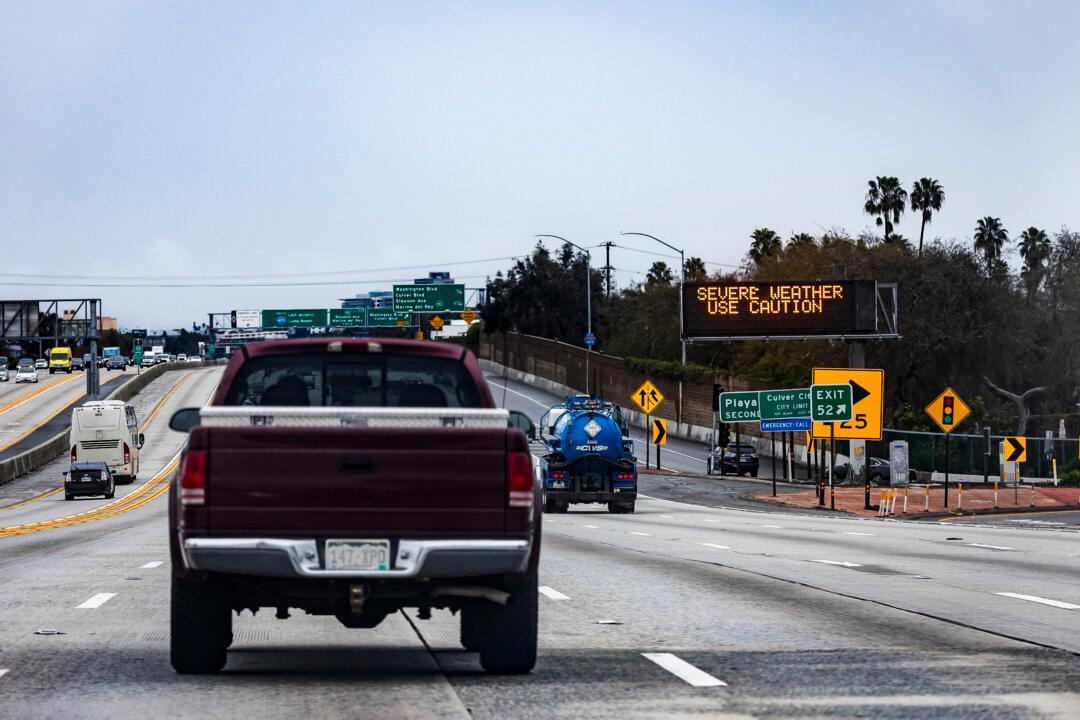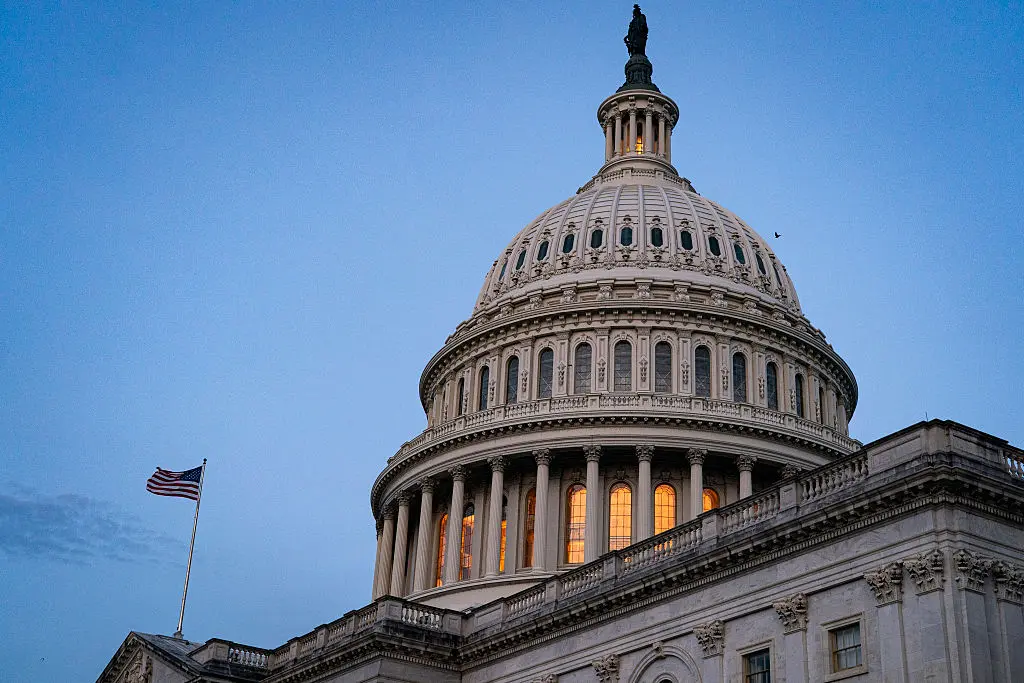A coalition of oil and gas trade groups has sued the Biden administration, challenging new emissions standards that they argue will effectively ban most new gas cars and traditional hybrids from the U.S. market in less than a decade.
In one of several legal filings brought by more than 30 different industry bodies, the American Petroleum Institute (API)—the country’s largest oil trade group—alleges that the Environmental Protection Agency (EPA) overstepped its statutory authority in adopting the rules on emissions for light- and medium-duty vehicles, restrictions the complaint describes as “arbitrary, capricious, an abuse of discretion, and not in accordance with law.”





